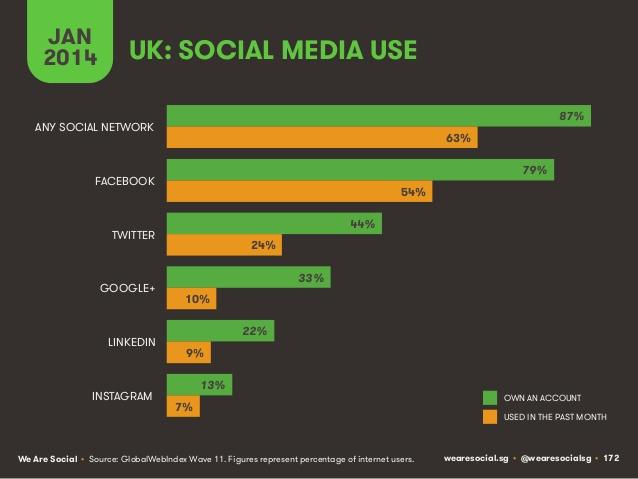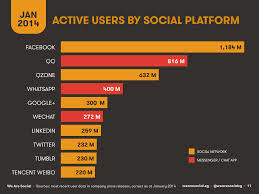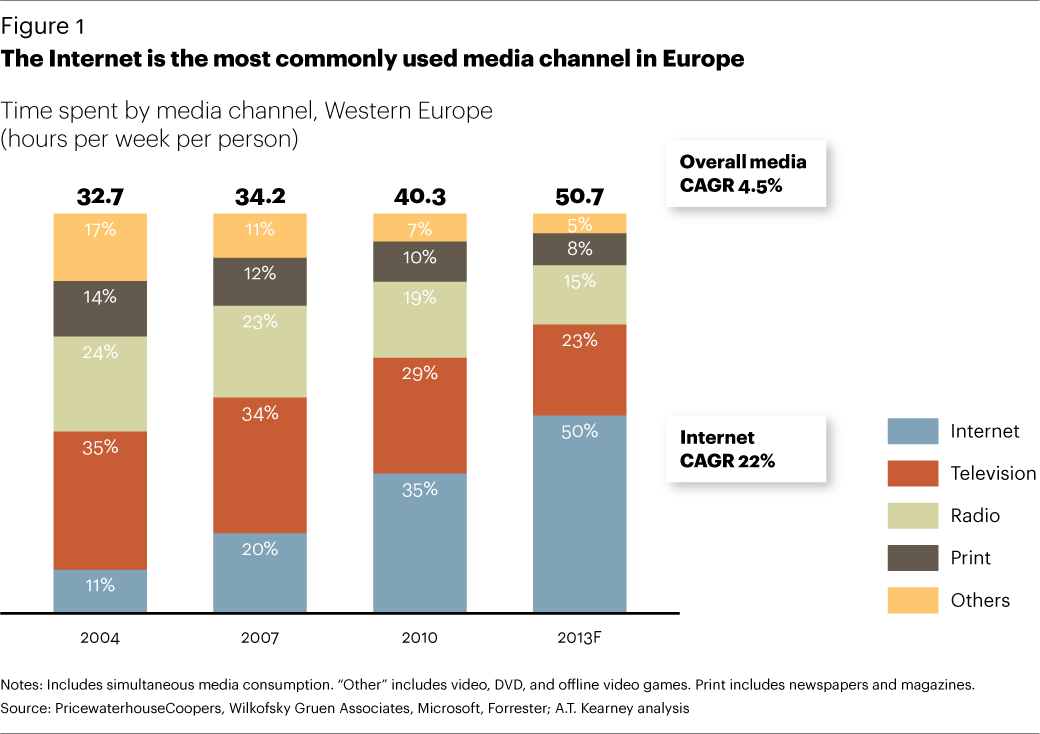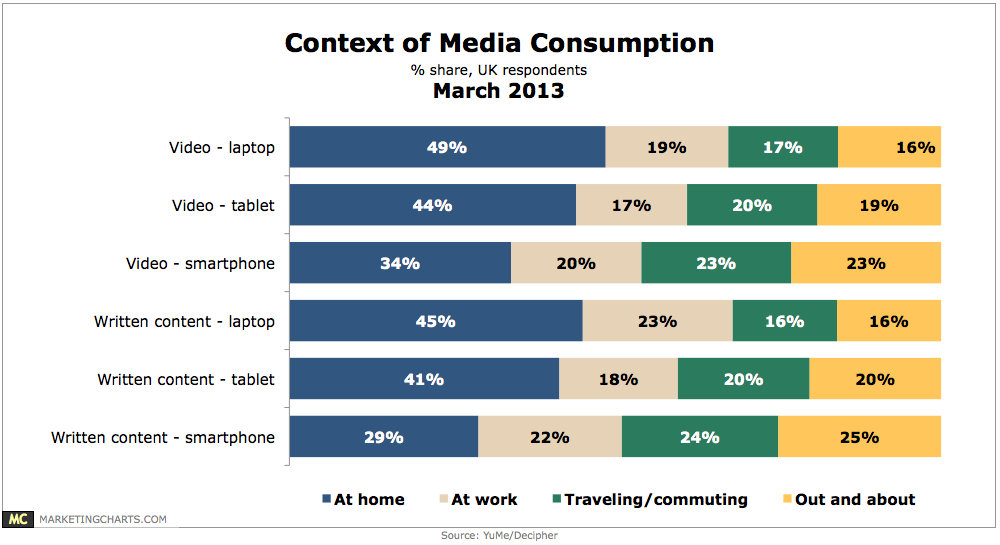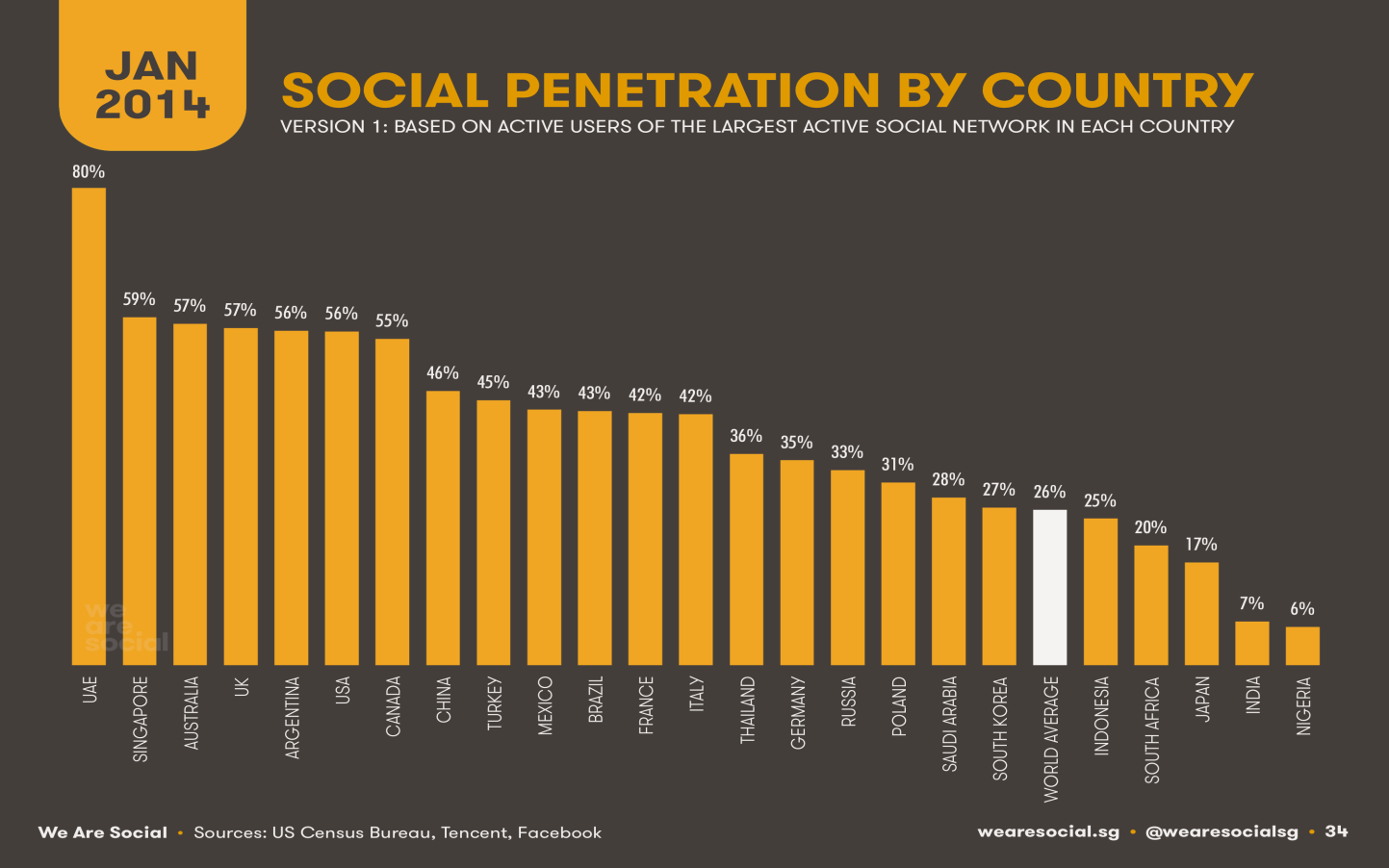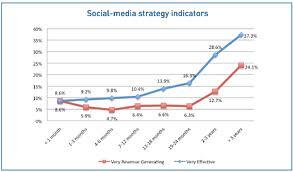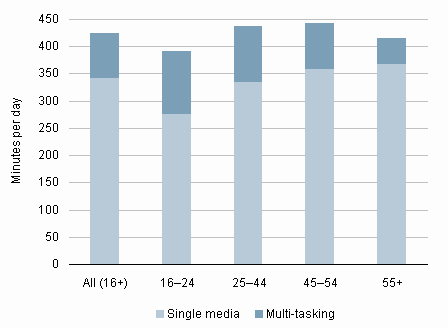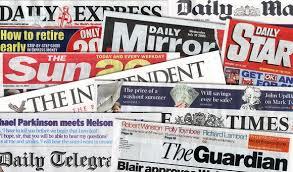Introduction
The United Kingdom (UK) also referred to as Britain is made up of Northern Ireland and Great Britain; these landmasses are mainly bordered by large water masses, namely North Sea, English Channel, and the Atlantic Ocean. The only land border that borders the UK is the Republic of Ireland. In terms of its geographical location, the UK has France, Ireland, Netherlands, Belgium, Iceland, and Norway as its close neighbours.
With London as its Capital City, the UK’s government is a constitutional monarchy; it has a strong legislature, which is the parliament. The monarchy is under Queen Elizabeth II, while the parliamentary democracy is under David Cameron as the Prime Minister (Woollaston, 2013).
Notably, parliament has the authority to pass written and unwritten laws, and abolish them as well. With its uncodified constitution, the UK has a well-structured process of amending and making new laws like those touching on both public and private media. A simple act of parliament means a lot to constitutional reforms in the UK. Just like the Royal Charter of 1926 that established the British Broadcasting Corporation (BBC), all legislations have to get royal assent to become laws (United Kingdom profile, 2012).
The BBC is the public broadcaster in the UK providing radio and television services to the country and beyond (Doyle, 2002). Just like the BBC, private radio and television are also under the control of different bodies. For example, the Broadcasting Act of 1990 mandated the Radio Authority and Independent Television Commission (ITC) to regulate the operations of private radios and televisions respectively (Heward & Massey, 2008).
Main Arguments/Hypothesis
The report looks at the media trends in the UK by touching on various media platforms, technological innovations, as well as the target demographics in most of the discussions. It analyses the effects that the trends on the entire population, as well as on the economy of the country.
The Media Landscape
Bromley (n.d.) notes that media landscape in the UK is multifaceted, mature, and broad, making it come second after the US media. The author points out the BBC and Reuters as organisations with international standards. In essence, the two bodies contribute considerably to the actions of international corporations.
The need by the UK media to be felt in the global media arena has seen constant deregulations under the two governments (Trend, 2011). The media platform in this nation is somewhat open given the active participation of numerous contributors from different nations in nearly all facets – PR, advertising, magazines, televisions, films, newspapers, and radios. Besides, the nation’s media society has great concern in many parts of the globe.
The extensive campaigns by the Labour governments since the late 1990’s on the difference between business and culture have resulted in the acceptance of the notion of creative industries (Habrial, 2013). With a total population of 63 million, the UK media has distinctive Welsh, Irish, Scottish, and English scopes, indicating the constituents of the nation itself (Languages across Europe, 2014).
Even with these language distinctions, the country’s media landscape is a single entity. Similar to the trends in other countries, the UK’s traditional media, especially the newspapers are gradually declining in consumption (Trend, 1997). To enhance media quality, the UK government plans to digitalise the media fraternity by the end of this year.
Media Platforms
Traditional Media and Trends in the UK
The media platforms in this country include internet, print, and broadcasting. In addition, the UK has a vibrant music industry. Apart from the BBC, there are other players in the industries like ITV Network, British Sky Broadcasting, Trinity Mirror, Sunday Mirror, Daily Mirror, and News Corporation; they also try to reach the UK population as well as the entire globe through print, internet, radio, and television services.
The print media has 11 daily and similar quantities of Sunday titles. In terms of sales volume, approximately 75 million papers are sold weekly, and they are read by close to 70% of the grown-up population (Bromley, n.d.). However, the sales volume over the past half-century has been on a steady decline. In response to reduction in readership and sales, the ‘middle market’ and ‘red-top tabloid’ categories, which have been using the tabloid design, abandoned the large size and opted for either the Compact or Berliner size (Artz, 2007).
Just like the trend in newspapers, the magazine consumption has been on the decline, citing an example of a loss of 21 million by the leading seven publishers in 2009. The City of Manchester is also a noteworthy media centre having founded the Manchester Guardian in 1821. Markedly, in 1959, the paper changed its name to “The Guardian” in order to have a national outlook (Bromley, n.d.).
Radios and televisions have great followings across the UK. With development in technology, analogue broadcasters have moved swiftly to adopt the digital system, as well as offering more channels (Baldi, 2007). The country switched to the digital platform in 2012, making it possible for people to access all the channels via satellites and cable providers.
By 2009, an independent study by the National Media Organisation revealed that people listened to a mean of 2.81 hours of radio each day and viewed 3.75 hours of television. The BBC’s public service broadcasting corporation stations recorded 28.4% of television viewing. Locally made films account for a third of the worth of the UK box office, which is approximately £850 million (The Mass Media of Great Britain, n.d.).
The sector bases its growth on technological advancements. In 2009, returns from personal mobile voice calls increased over three folds, while those from stationary-line calls declined by over 25%. There is a significant decrease in the ownership and use of fixed line connection with mobile telephone usage overtaking fixed-line usage in 2010 (Habrial, 2013). British Telecom (BT) currently accounts for almost a quarter of fixed-line calls across the United Kingdom.
Digital Media and Trends in the UK
The emergence of the World Wide Web has revolutionised the entire media industry (Stephens, 2013). Undoubtedly, this change is responsible for the continuous decline in the sales of newspapers and other print media since 1970. According to statistics, 82.5% of the UK’s population could use the internet by 2010, making it the highest fraction among the 20 nations with high number of internet users in the same year.
Currently, of the 63,395,574 million people, 54,861,245 million people are constant internet users (Social Networking: The UK as a Leader in Europe, 2013). This reflects a country that is at the verge of completely adopting the digital media. The high number of internet users is attributable to the 99% literacy level of adults, as well as the compulsory and fulltime education for all children of ages 5 to 16. In the online platform, people have access to information via Instagram, Linked-In, Google+, Twitter, and Facebook.
The last two social media sites have large followings, not only in the UK, but also globally. In terms of demographics, 51% of women in the UK access social media; this is a remarkable improvement in gender balance in information acquisition (Warmington & Murphy, 2004). Again, in the past one month, 95% of 16-20 year olds have accessed Facebook.
Notably, 26% of all users fall in the 25-34 year old bracket. 13-17 year olds using Facebook are approximately 2.5 million (Rose, 2014). In terms of media usage, generation Y prefer using digital platforms to traditional media to access information. Commercial enterprises have found a better platform to advertise their products, as they are confident of targeting the right clients.
Even though Facebook has an upper hand in the social media platform, the rising usage trend every year is also replicated in other sites like Twitter, Linked-In, and Google+. As a response to the changes in the media industry, organisations are also shifting their communication channels from print media to the digital platforms.
Conclusion and Summary
There has been a massive revolution in the media industry, not only in the UK, but also in the whole world. Technology has been the main factor behind the drastic changes in consumptions of different media platforms. Dating back to the times before 1970, traditional media dominated the UK market, and during this time, people relied heavily on them to access information.
At the time, women had lower access to information than men did. However, the trend has since changed. Consumptions of online and social media have overtaken that of print media, fixed-line telephone, and listening to radios and viewing of televisions for information. With globalisation taking centre stage in all sectors, the media industry in this developed economy has to adapt so that it does not become obsolete in the competitive market.
References
Artz, L. (2007). The media globe: Trends in international mass media. Lanham: Rowman & Littlefield.
Baldi, P. (2007). Broadcasters and citizens in Europe trends in media accountability and viewer participation. Bristol, UK: Intellect.
Bromley, B. (n.d.). Media Landscapes – United Kingdom.
Doyle, G. (2002). Media ownership the economics and politics of convergence and concentration in the UK and European media. London: SAGE.
Habrial, A. (2013). How Social Media is Used in The UK.
Heward, A., & Massey, R. (2008). Finding the Real Media Stars: Analysis of Media Coverage of the UK’s National Astronomy Meeting. Public Journal, 4(5), 3-17.
Languages across Europe. (2014).
Rose, K. (2014). UK Social Media Statistics for 2014.
Social Networking: The UK as a Leader in Europe. (2013).
Stephens, N. (2013). Media use and Media Attitude Changes with Age and with Time. Journal of Advertising, 13(9), 38-47.
The Mass Media of Great Britain. (n.d.)
Trend, D. (1997). Cultural democracy: Politics, media, new technology. Albany, NY: State University of New York Press.
Trend, D. (2011). Nationalities, pedagogies, and media. Cultural Studies, 16(4), 89-106.
United Kingdom profile. (2012)
Warmington, P., & Murphy, R. (2004). Could do better? Media depictions of UK educational assessment results. Journal of Education Policy, 19(3), 285-300.
Woollaston, V. (2013, June 13). The meteoric rise of social networking in the UK: Britons are the second most prolific Facebook and Twitter users in Europe with a fifth of over 65s now using these sites.
Links
The video links below shows how the UK media has revolved.
1. Social and Digital Media Revolution Statistics 2013. Web.
2. Jon Snow – A changing media in a changing world. Web.
3. Social Media in the UK 2010.
The graphs and pictures show the different media trends across the UK and the globe
